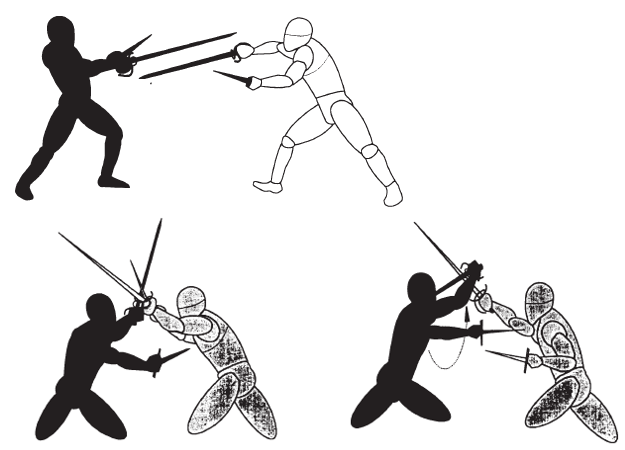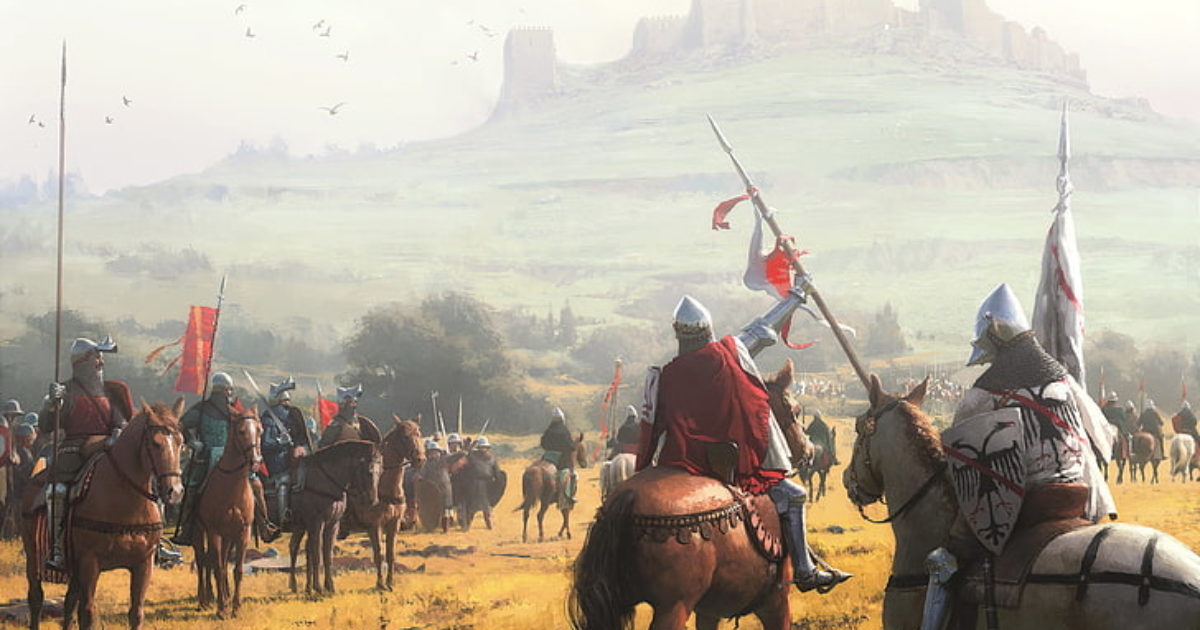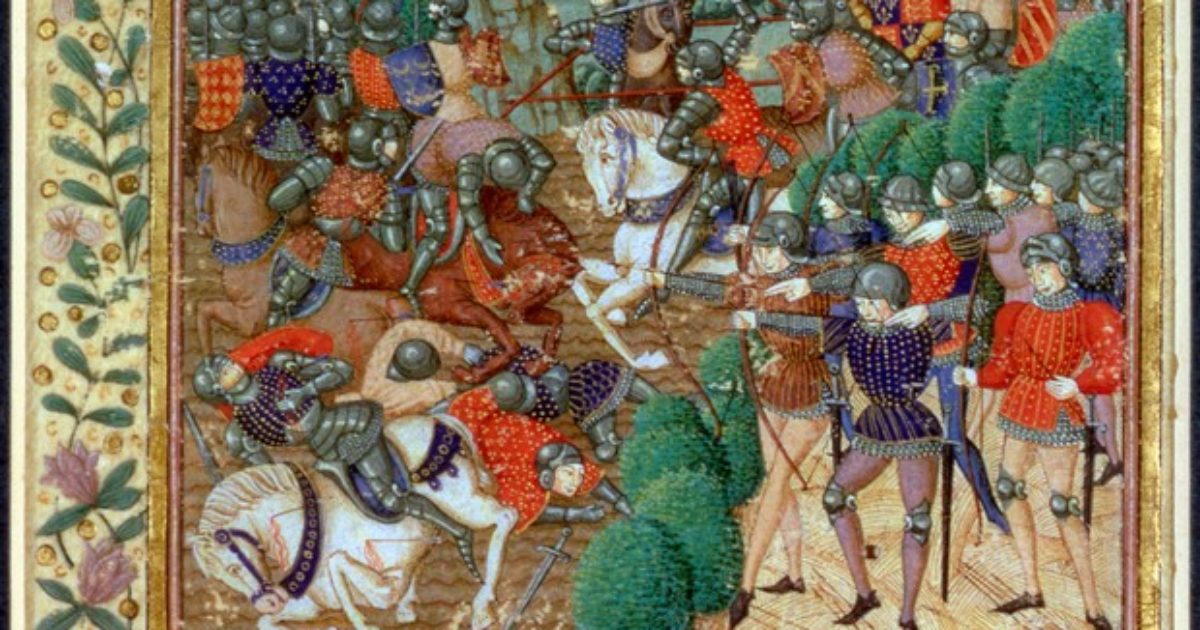Counter-Attacks
Counter-attacks are used after a successful parry. While most fencers starting out will parry and return or attack and return, a skilled fencer will counter after parrying. Below are a list of counter attacks and their uses.
- Flick-The flick is an anomaly among counters. A flick may be used after an attack is parried, or after one parries an attack. A flick is simply a twirl so to speak of the hand and wrist, bringing a point online with an opponent allowing for a thrust and secure kill. Flicking after an attack has been parried is a simple way to break from a parry. Flicking after parrying is slightly different, the motion remains the same, but the idea is to keep control of your opponent’s blade while stepping into the thrust.
- Basic Counter-The basic counter is applied after a successful parry. Once a blade is parried maneuver so your opponent’s blade is out of the way when you strike.
- Evasive Counter-Similar to a basic counter, the evasive counter is simply applied when evading an attack rather than parrying an attack.
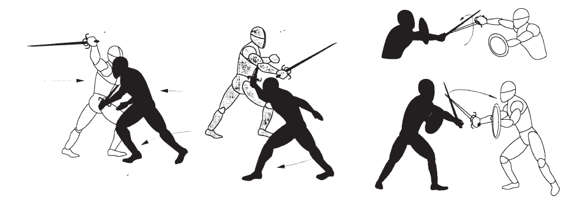
Non-Offensive Sides
In cut-and-thrust there are two non-offensive sides, the regular off-hand, and the Buckler. Both have specific tactics and uses in cut-and-thrust fencing.
The Off-Hand
The off-hand is used to parry an attack and gain advantage. Traditionally, a fencer fighting with his or her off-hand would be able to grapple an opponent’s arm or blade and take control, but in the aspect of sport, grabbing is illegal. Instead, a blade or arm may be pushed out of the way or controlled, but without grabbing (see figures).

Buckler
The buckler is a small shield often seen and used in renaissance style fencing, it is an effective blocking tool and favored by many. Traditionally a buckler hit (more often referred to as a shield bash) could be used as an effective attack, however for sport it is illegal in cut-and-thrust. Proper use of the Buckler is simply blocking an attack with it, allowing for you to strike at a vulnerable opponent. Added, if you are able to block with the buckler then you are able to counter-attack when your opponent is vulnerable (see figures).
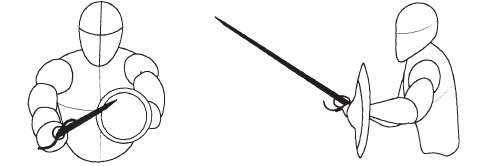
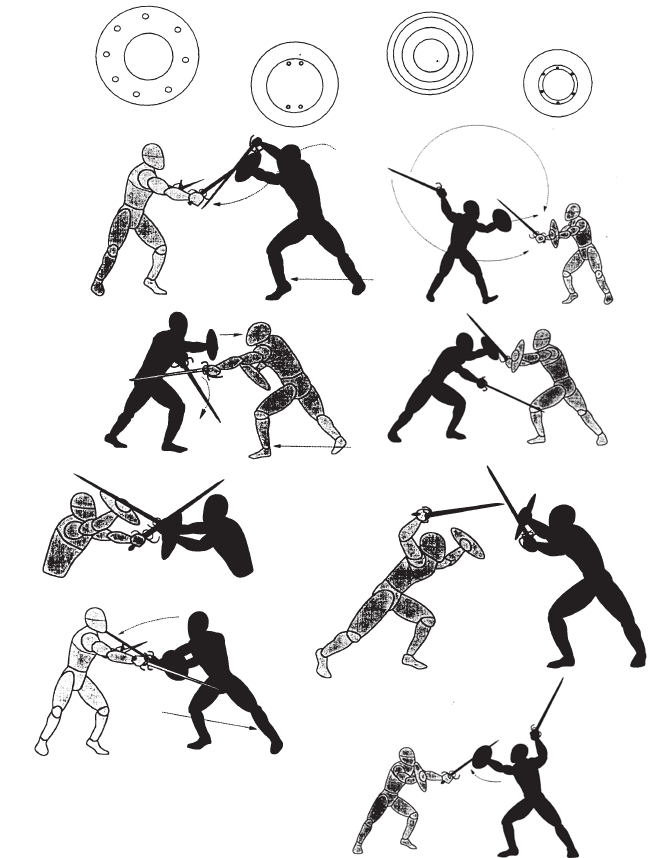
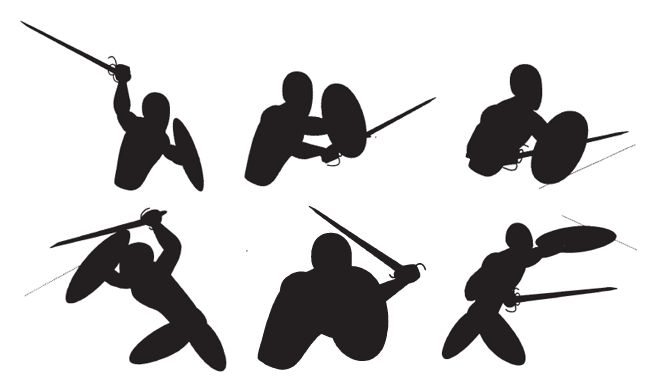
Dagger
Daggers are the only offensive sides used in cut-and-thrust. While it is preferred to use a sword as your primary attacking weapon, a dagger can be used if you find yourself blade locked, and in close quarters. Aside from that, it acts as an effective parrying weapon. A blade being parried by a dagger, often times opens an opponent for a counter-attack (see figures).



